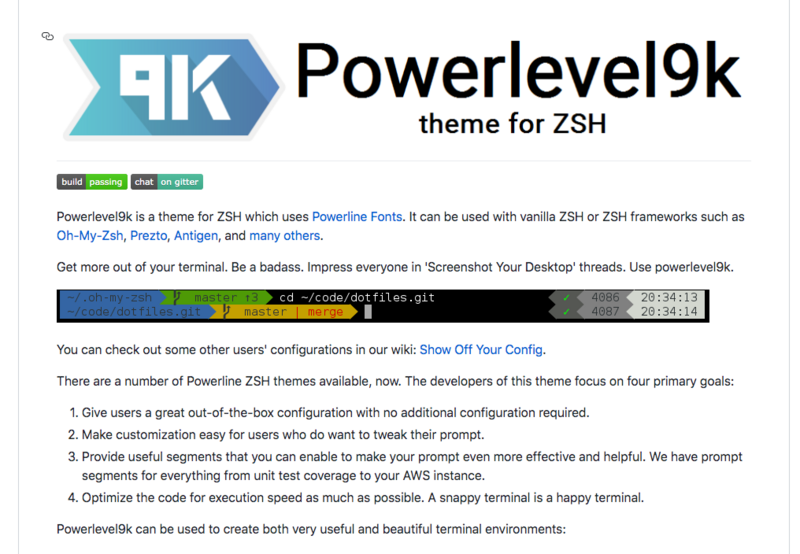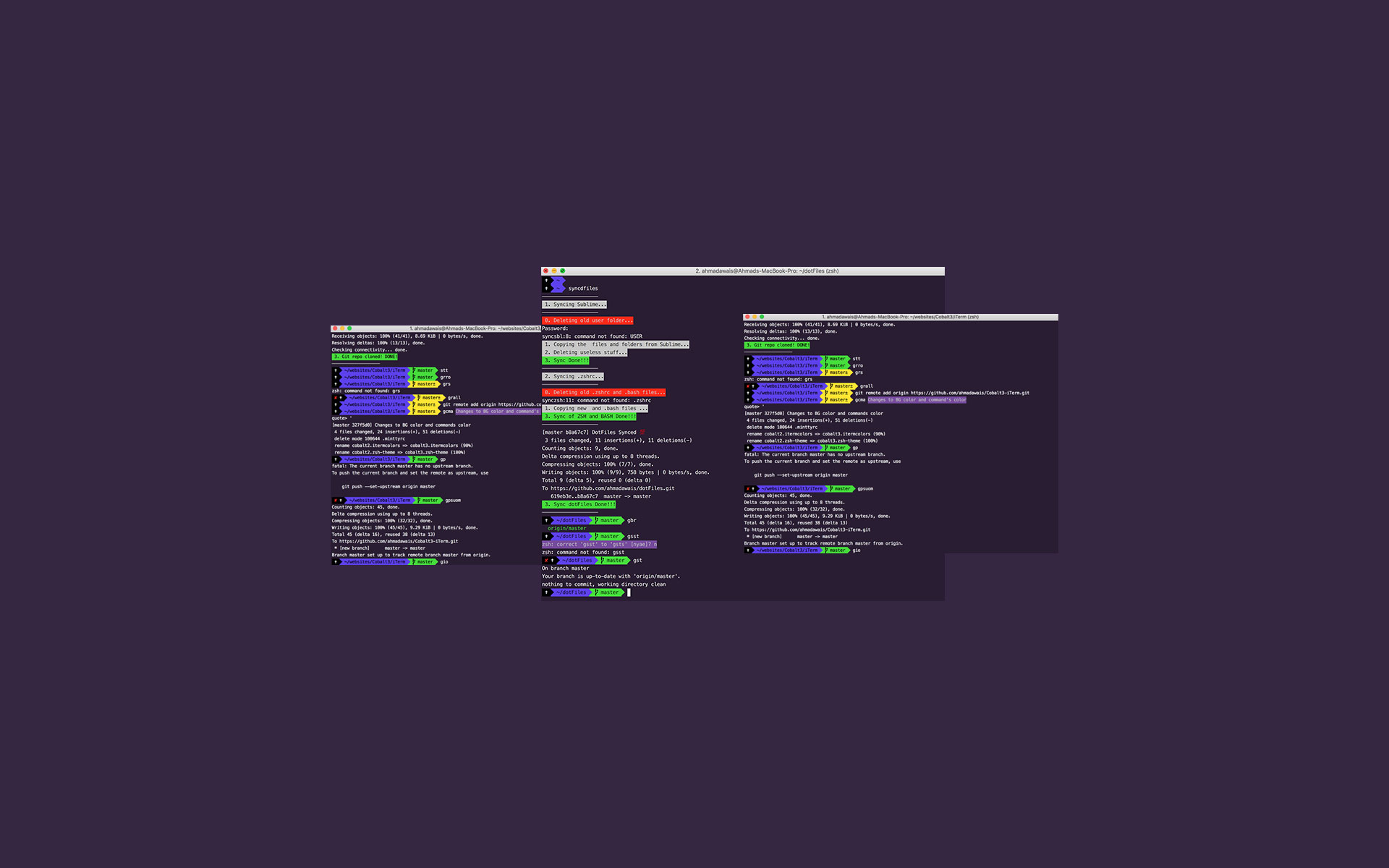

#Change iterm2 theme install

JQ: A command-line JSON processor similar to sed/grep.SSHFS (Secure Shell FileSystem): Allows for remote filesystems to be accessed securely over SSH.Tree: Lists out directories in a tree format recursively.FZF: Helps you search lists and open files quickly in your terminal using the “fzf” command.In this section, we will be installing a few terminal tools to help enhance your terminal experience: In your terminal, enter the command: brew cask install font-hack-nerd-font iterm2.In your terminal, enter the command: brew tap homebrew/cask-fonts.The custom font we will be using for iTerm2 is the hack-nerd-font. iTerm2 offers a variety of features including split panes, autocomplete, and shell integration, among many more features. Now with Homebrew installed, we will be using the package manager to install custom fonts as well as iTerm2, which will be used as a replacement for the default terminal installed. Once installed, type the command brew -version to verify that Homebrew has been successfully installed. In this instance, we will be using the native Terminal application that is installed on MacOS.
#Change iterm2 theme code
Copy the code snippet provided on the page, and paste that into your preferred terminal and press Return.To begin, we will be installing the package manager Homebrew, which is predominantly used on MacOS (or Linux). In this article, we will be working through a variety of installations and configurations needed to create a more functional, and visually compelling terminal as seen above using iTerm2, Oh My Zsh, and PowerLevel10k. I thought it would be a good idea to provide guidance for creating a similar console experience for MacOS users since Catalina has started using ZSH as its default shell. The console of the desktop has been customized to optimize the attendee experience for the various Kubernetes related labs they will work through. VMware’s Cloud Service Livefire Team has started delivering their class using an Ubuntu Desktop via Horizon 7.


 0 kommentar(er)
0 kommentar(er)
